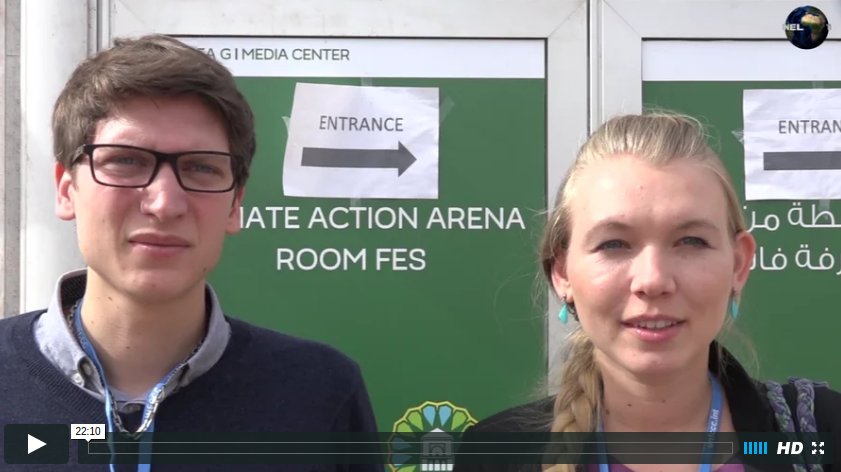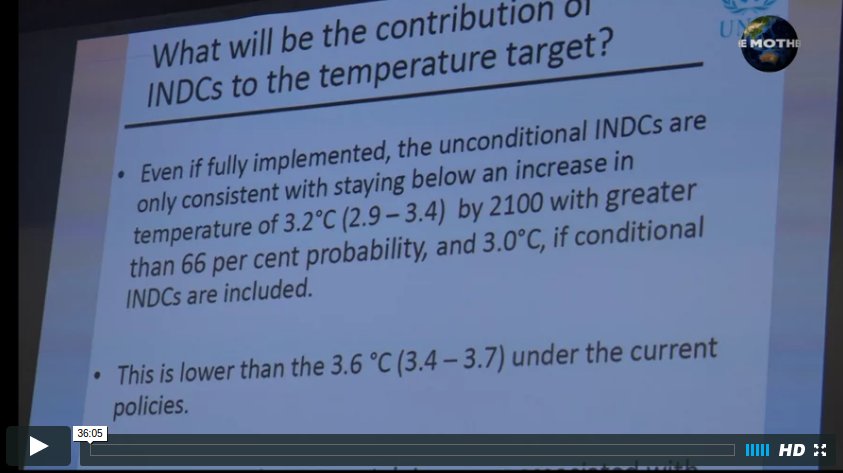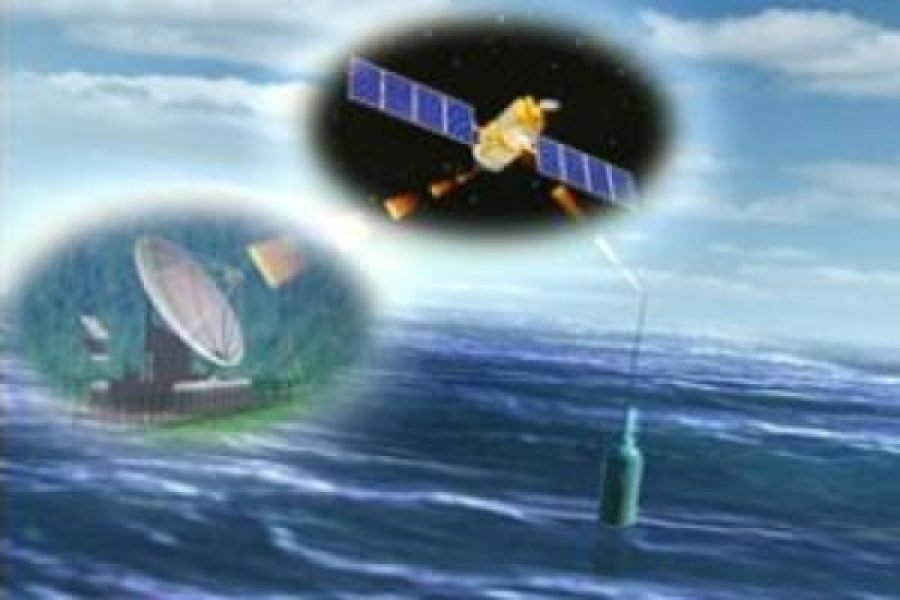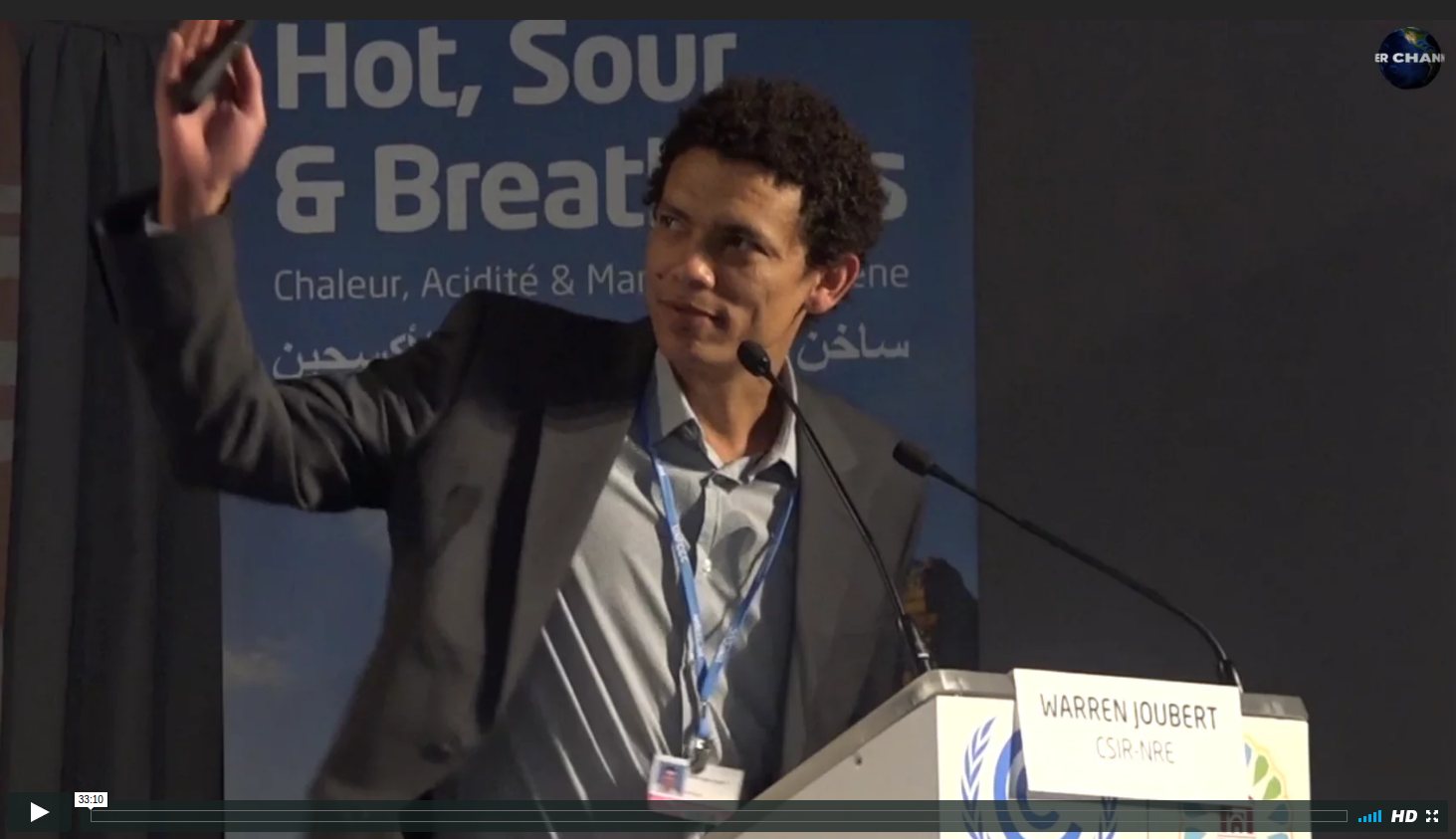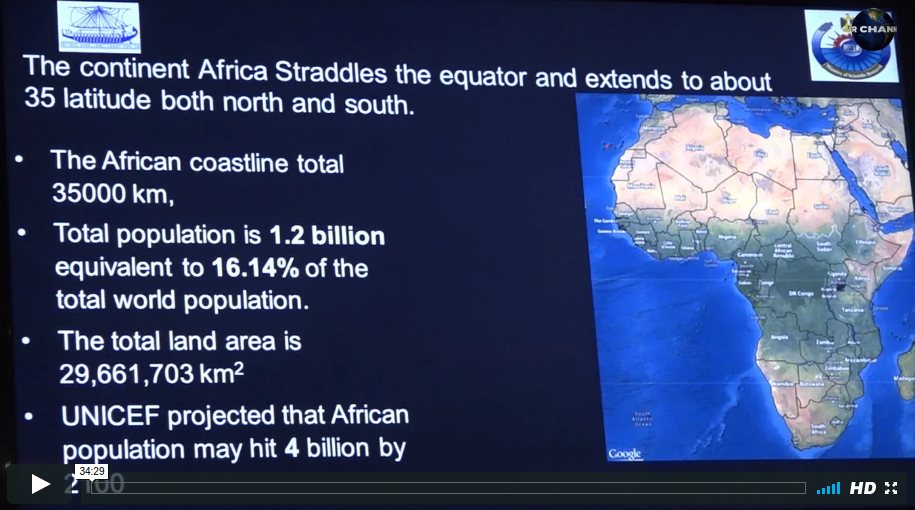- Live Stream
- Climate Change
- ENN
- Environmental Info
- Green Business
- Green Solutions
- Beautiful World
- Categories
- Articles
- Arctic & Glaciers
- Polar Regions and Glacier Reports
- Ethical Dimensions
- Global Warming
- Peatlands & Wetlands
- ENN – The Environmental News Network
- Agriculture
- Chemicals
- Conservation
- Fish Crime
- Forests
- Health
- Mountains
- Oceans
- Energy
- Money
- Green or Gone
- Nutrition
- Permaculture
- Various Solutions
- Powerful
- Watch This
- Water
- Breaking News
- Series ENN
Avoiding Irreversible Ocean and Polar Thresholds ~ Oceans (Part 1)
In a panel discussion on Avoiding Irreversible Ocean and Polar Thresholds globally, Dr Carol Turley introduces specialist speakers on the subjects of Oceans, Polar Ice, Sea Rise and Oceanic solutions at COP 22, Marrakech. Mr Philip Duffy (Physicist) and President and Executive Director at Woods Hole Research Centre gives and introduction on events and ideals […]
CLOSE





